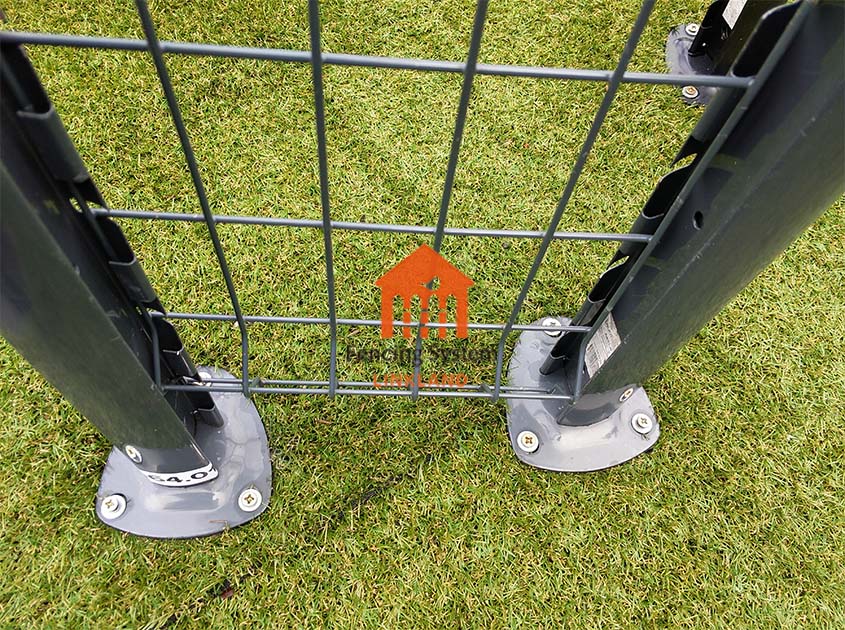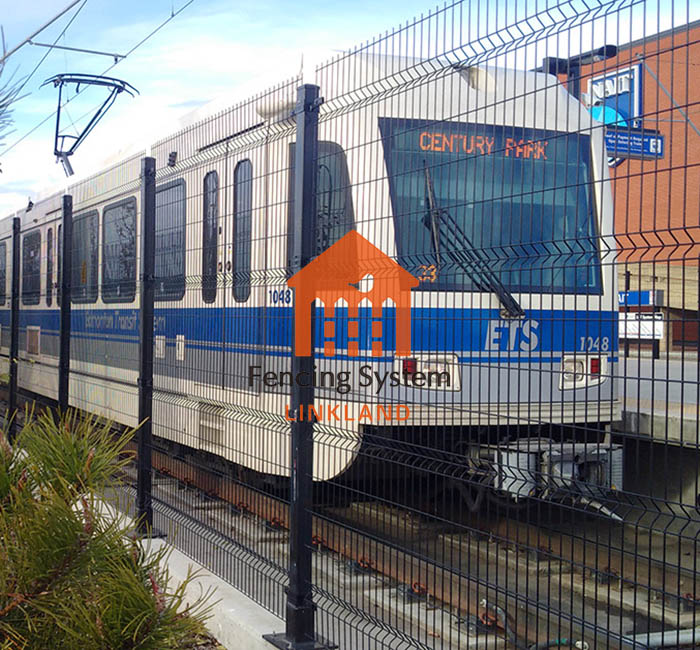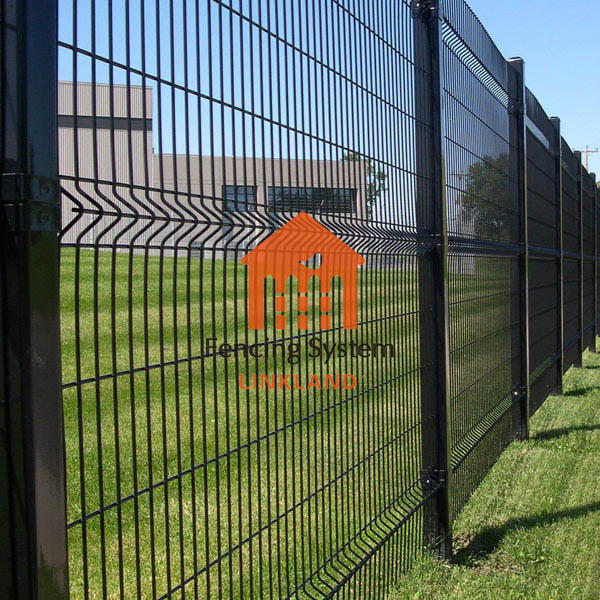3D fence is a safety fence system with a three-dimensional structure, designed to provide a high degree of safety and protection. However, no system is perfect, so it is crucial to conduct a comprehensive security assessment of 3D fences to identify potential vulnerabilities and take appropriate measures for risk mitigation.

vulnerability assessment
The vulnerability assessment of 3D fence needs to consider many aspects. These include the strength and durability of the barrier material, the reliability of the connections, the height and clearance of the barrier, and any weak points that could lead to intrusion. By comprehensively considering these factors, possible loopholes in the 3D fence system can be determined, such as parts that are easy to climb or break, and the vulnerability of materials.

Once a vulnerability is identified, corresponding measures need to be taken to mitigate the risk. This may include the following measures:
1. Improve the strength and durability of the guardrail: select high-quality materials and connectors to ensure that the guardrail can withstand external forces and harsh environmental conditions.
2. Reduce the possibility of climbing and vandalism: Use design strategies such as increasing the height of the guardrail, reducing gaps, using sharp tops or sloping panels, etc., to deter intruders from climbing or breaking the guardrail.
3. Install monitoring and alarm system: Install monitoring cameras and alarm devices around the 3D fence to detect and alarm any intrusion in time.
4. Strengthen security patrols and response measures: Increase the patrol frequency of security personnel, respond to any security incidents in a timely manner, and take appropriate measures to deal with them.

Regular maintenance and updates
In addition to taking risk mitigation measures, it is also critical to maintain and update 3D fences on a regular basis. Regularly check the condition of the guardrails, repair any damaged or broken parts, and keep the system updated to accommodate new safety challenges and technological developments.
By assessing the vulnerabilities of 3D fence and taking corresponding risk mitigation measures, its overall security and protection capabilities can be improved. However, security is an evolving process, so continuous monitoring and improvement is key to ensuring that 3D fence systems remain efficient at all times.
Pre:Anatomy of a 3D fence: Connection and Assembly Techniques
Next:3D fence Design and Installation: Considerations for Optimal Security